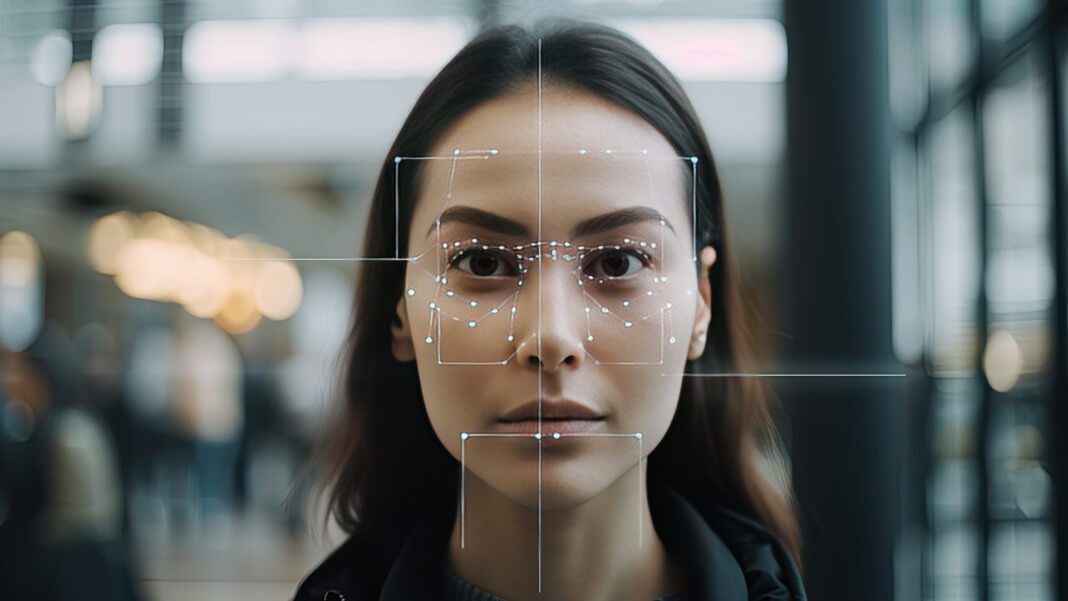The digital age has ushered in a new era of human-technology interaction, placing biometrics at the epicentre of this evolution. Beyond the sheer convenience, they promise, biometrics meld with our identities in an almost poetic fashion. Aspects of our essence, be it our voice, fingerprint, or the unique pattern of our irises, are now seamlessly integrated into the gadgets and systems we interact with. The once far-fetched science fiction scenes, where protagonists accessed secret chambers with just a glance or a touch, have remarkably transitioned from our screens to the palms of our hands.
Yet, as we navigate this advanced landscape, embracing the wonders of biometric technologies, a note of prudence is imperative. The allure of such cutting-edge security can sometimes overshadow their subtle imperfections and vulnerabilities. While biometrics promise impenetrable fortresses of safety, hidden threats may challenge their infallibility. As we place more trust in these technologies, it’s essential to remain vigilant, understanding that they, too, like all things, have their Achilles’ heel.
Your biological data isn’t invincible
Indeed, your fingerprints, facial contours, and voice patterns offer a uniqueness that passwords can’t match. While a password, no matter how intricate, can eventually be decrypted or leaked, your biometric attributes seem inherently secure. But what if they’re compromised?
The potential misuse of stored data
Centralised databases pose one of the biggest threats, whether by design or inadvertence. Britain’s Biometrics and Surveillance Camera Commissioner, Fraser Sampson, elucidates, “If you retain biometric material, you’ve created a database.” Such databases, especially large ones, are susceptible to breaches. When biometric data leaks, the implications can be catastrophic, especially when used malevolently to discriminate based on race, ethnicity or religion.
Furthermore, there’s a looming danger with the growth of these databases. As more biometric data converges into fewer repositories, a single breach could expose an unprecedented volume of personal data. The stakes are enormous, making these databases tantalising targets for commercial hackers and hostile state actors alike.
Not all systems are created equal
While biometric systems might be tough to breach, the same can’t be said for where this data is stored. Heather Vescent, futurist and co-author of Six Principles for Self-Sovereign Biometrics, highlights a crucial aspect: “Any data is only as secure as the system in which it is stored.” Many security breaches are due to something other than the complexity or simplicity of biometrics, but rather how this data is stored and protected. In other words, biometric data is only as secure as its weakest link. A flaw in storage systems can expose even the most intricate biometric data.
The evolving tactics of cybercriminals
Imagine a world where hackers can replicate or misuse your biometric attributes. It may sound far-fetched now, but as technology advances, so does the sophistication of cybercriminals. There are instances where digital fingerprints are less unique than once thought. With cybercriminals constantly innovating, the race is on to stay one step ahead. The challenge is two-fold: ensuring that biometric systems are resilient and ensuring end-users are well-informed and cautious.
Navigating a biometric future
For all their potential vulnerabilities, biometrics still hold tremendous promise. The key lies in understanding and mitigating the associated risks. Users should have ownership and control over their biometric data. Moreover, while biometrics can be pivotal in a security protocol, they shouldn’t be the sole reliance. They function best when complemented with other security measures, like passphrases or secondary authentications.
Collaborations with trustworthy private sectors are paramount to truly harness the potential of biometrics without jeopardising security. Only with transparency, robust governance, and adherence to standards can the true potential of biometrics be realised without the accompanying threats.
The measured embrace of technological evolution
The march of technology is relentless and dazzling, with biometrics emerging as its latest poster child. It’s easy to be swept away by the promises it holds – a world where our essence becomes the key to unlocking our lives digitally and physically. But as with all advancements, it’s crucial to approach biometrics with enthusiasm and discernment.
Dive beneath the surface and examine the nuances. What are the real-world implications of using our unique physiological and behavioural attributes as security tools? With the myriad benefits come vulnerabilities. As cybercriminals grow more sophisticated, the challenges of protecting our biometric data rise exponentially. Once compromised, a mere fingerprint or iris scan is more easily changed than a password. Thus, the stakes are monumentally higher.
Moreover, it’s essential to weigh the trade-offs. How much personal data are we willing to share for convenience? And at what cost? The balance between security and privacy is a delicate one. We must remember that while technology is a tool designed to serve and simplify our lives, its misuse can also lead to unintended consequences that compromise our very identity.
As the biometric wave surges, our approach must be characterised by caution and a deep-seated commitment. It’s not just about embracing the next ‘big thing’ in tech; it’s about ensuring our most personal and irreplaceable data remains uncompromised. As we navigate this brave new world, let our guiding principle be clear: technology must serve humanity, not the other way around.





